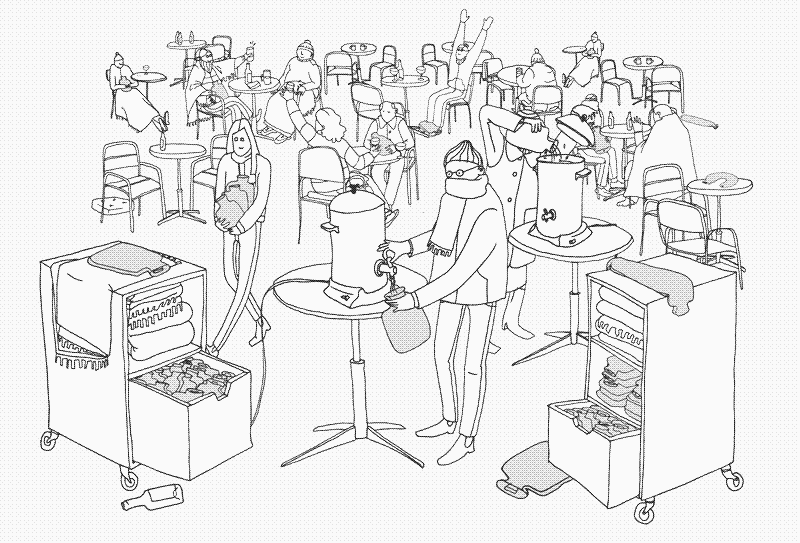A low-tech solution for personal warmth
My family, especially the female members, have always been big fans of the hot water bottle. So much so, in fact, that one of my wife’s favourite presents was receiving a long snake-shaped hot water bottle that she can use in various configurations.
As we face a bit of an energy crisis, hot water bottles are definitely something more people should be using, as this article explains.
A hot water bottle is a sealable container filled with hot water, often enclosed in a textile cover, which is directly placed against a part of the body for thermal comfort. The hot water bottle is still a common household item in some places – such as the UK and Japan – but it is largely forgotten or disregarded in most of the industrialised world. If people know of it, they usually associate it with pain relief rather than thermal comfort, or they consider its use an outdated practice for the poor and the elderly.Source: The Revenge of the Hot Water Bottle | LOW←TECH MAGAZINEAs early as the 1500s, people started to use all kinds of portable containers filled with hot coals from the fire. These were used as foot warmers, hand warmers, and bed warmers. Most were made of metal, either brass or copper, and placed inside wooden or ceramic enclosures to prevent skin burns. Over time, hot coals were replaced by hot water, which is a cleaner and safer heat storage medium.
Initially, these first “real” hot water bottles were made from hard materials such as glass, metal, or stoneware. It was only with the invention of vulcanised rubber in the nineteenth century that more comfortable lightweight and flexible hot water bottles became an option. Spanish friends told me that hot water bottles used to be made from animal skins, but I could not verify this. It may well be true, because all over the world there’s a long tradition of using “water skins” for storing liquids.
